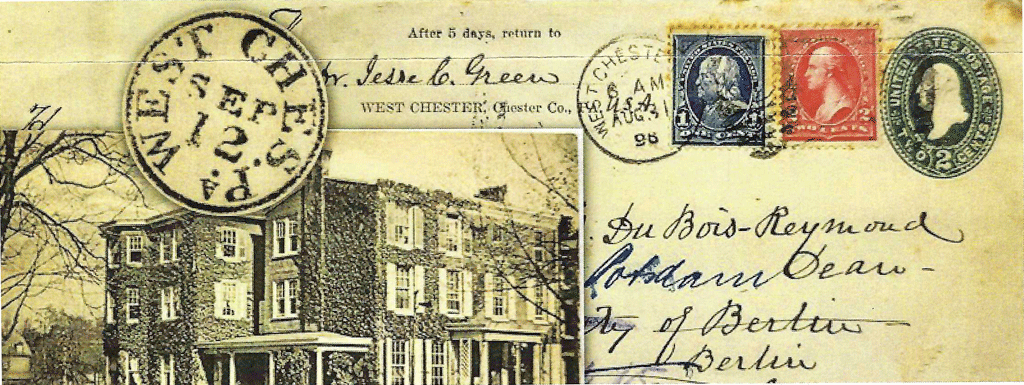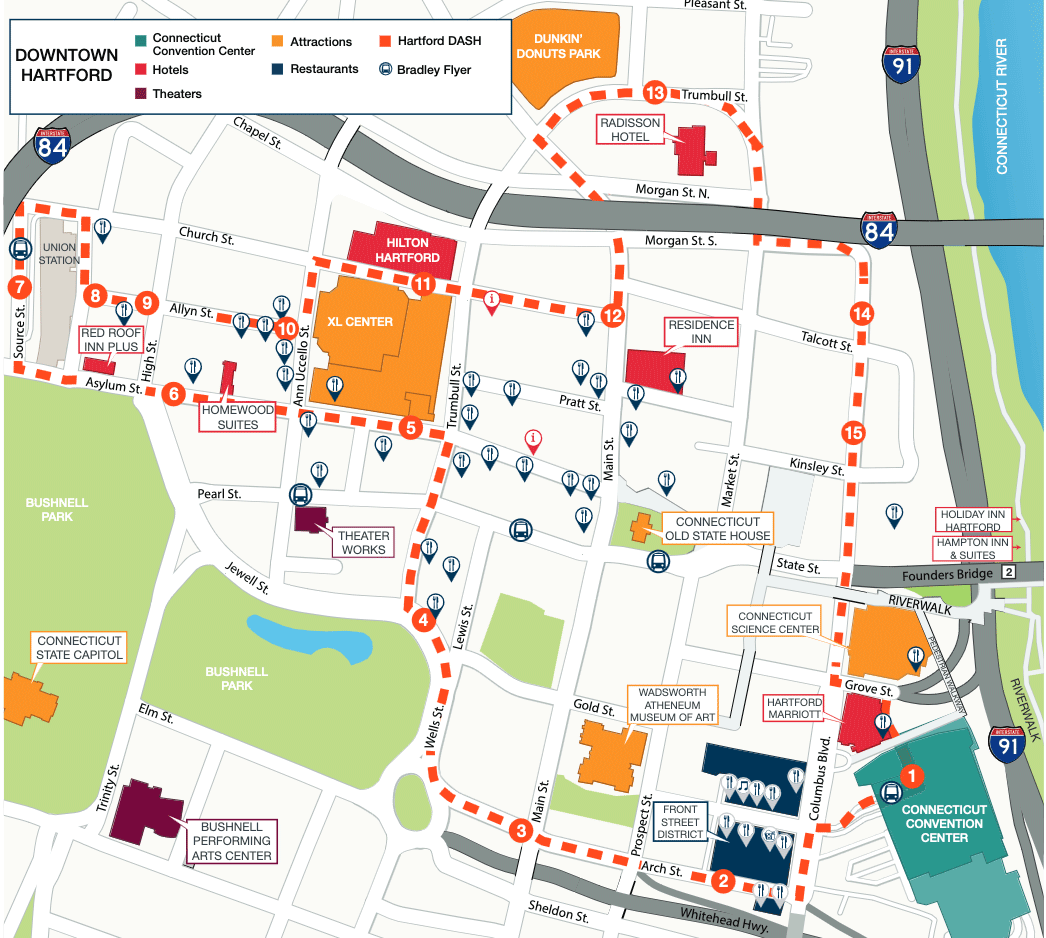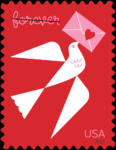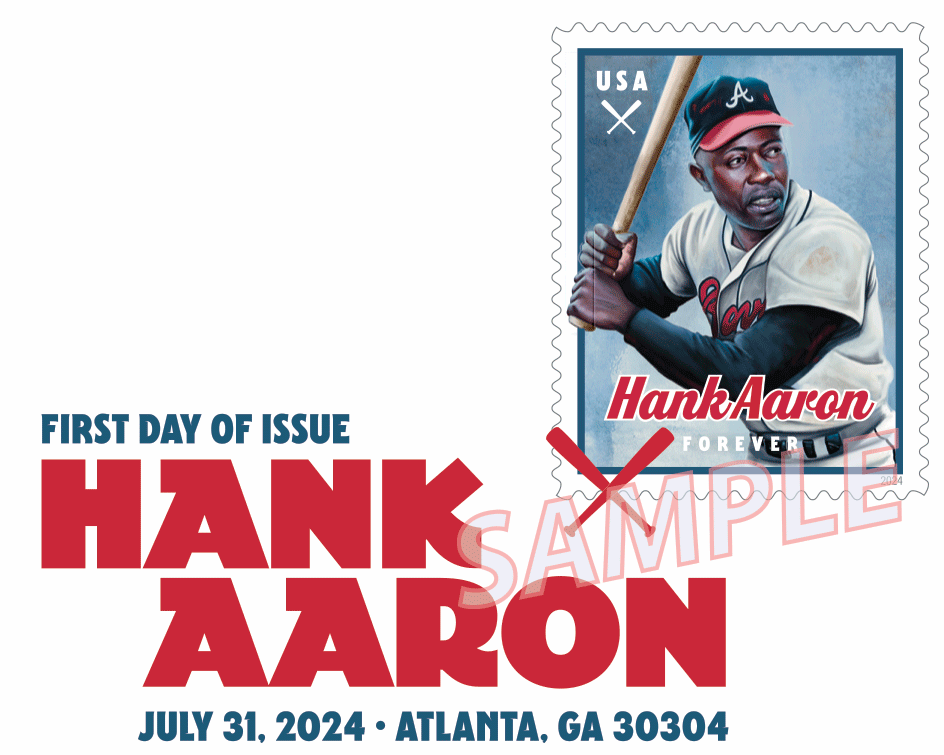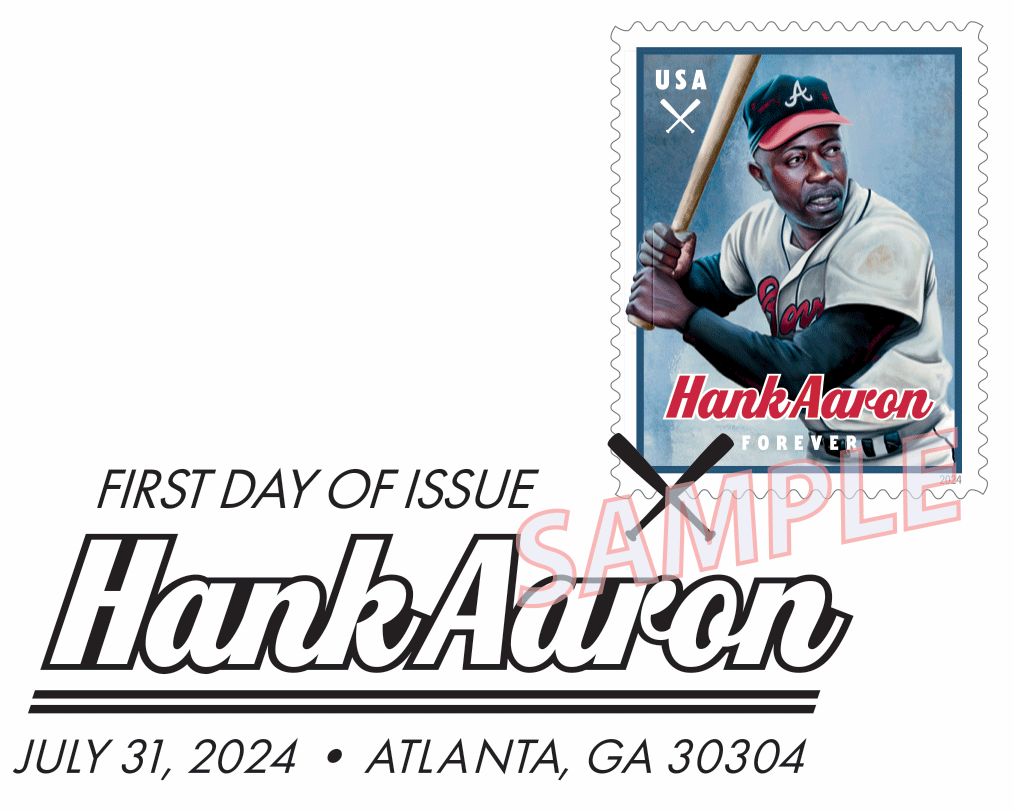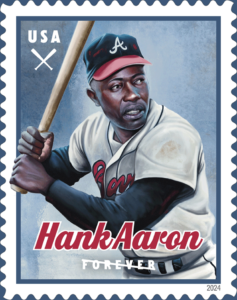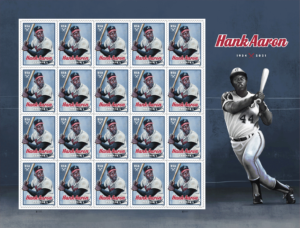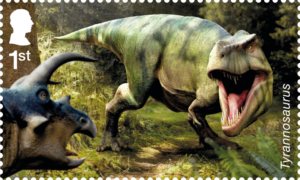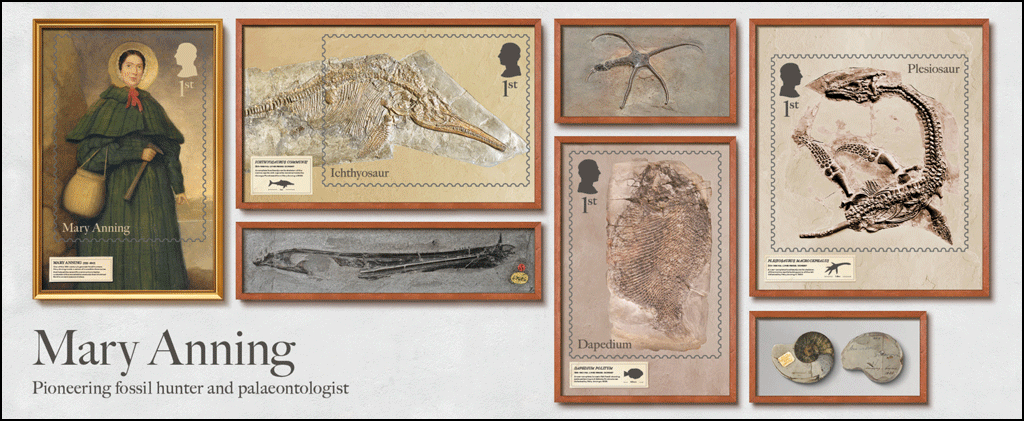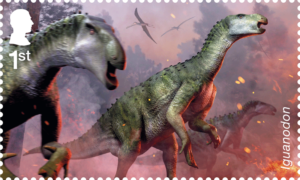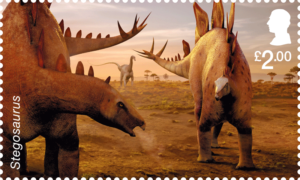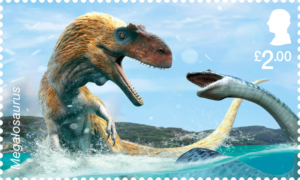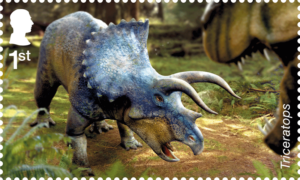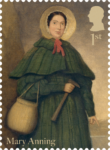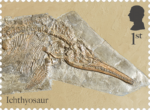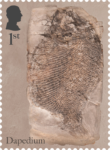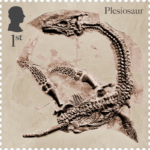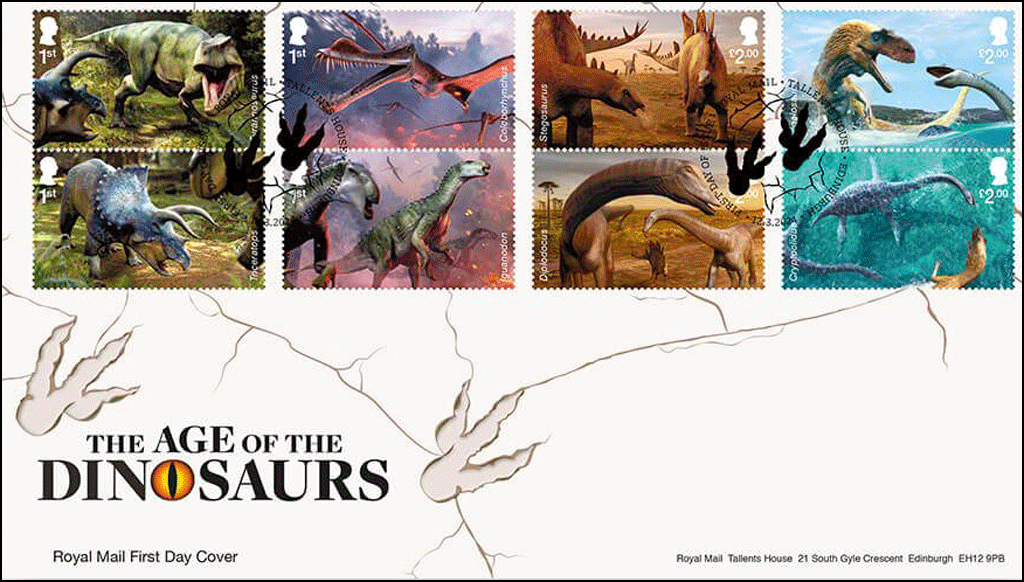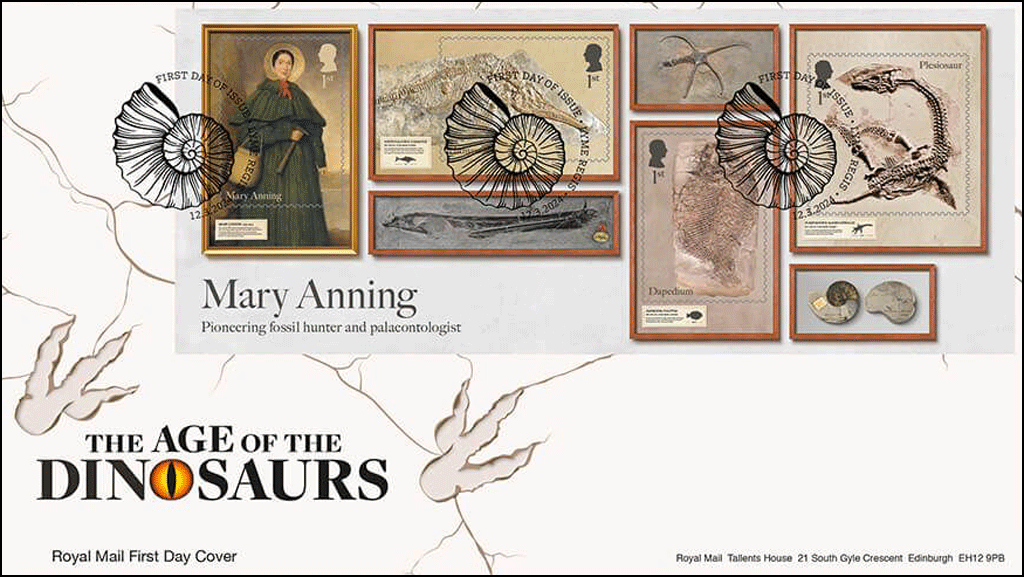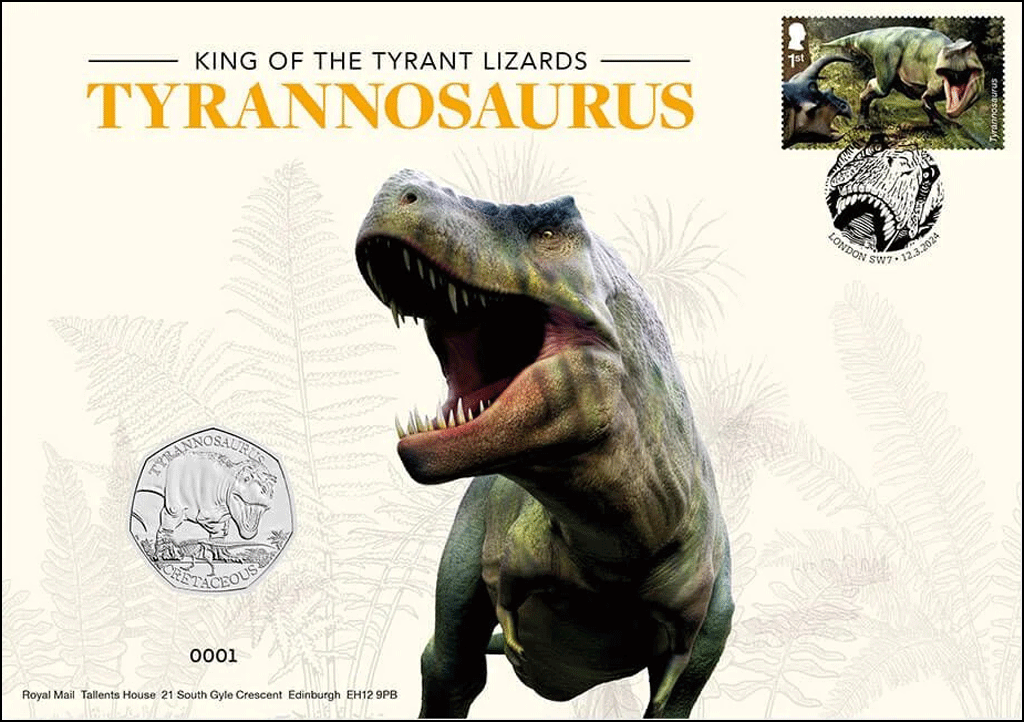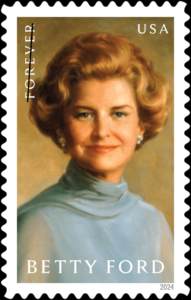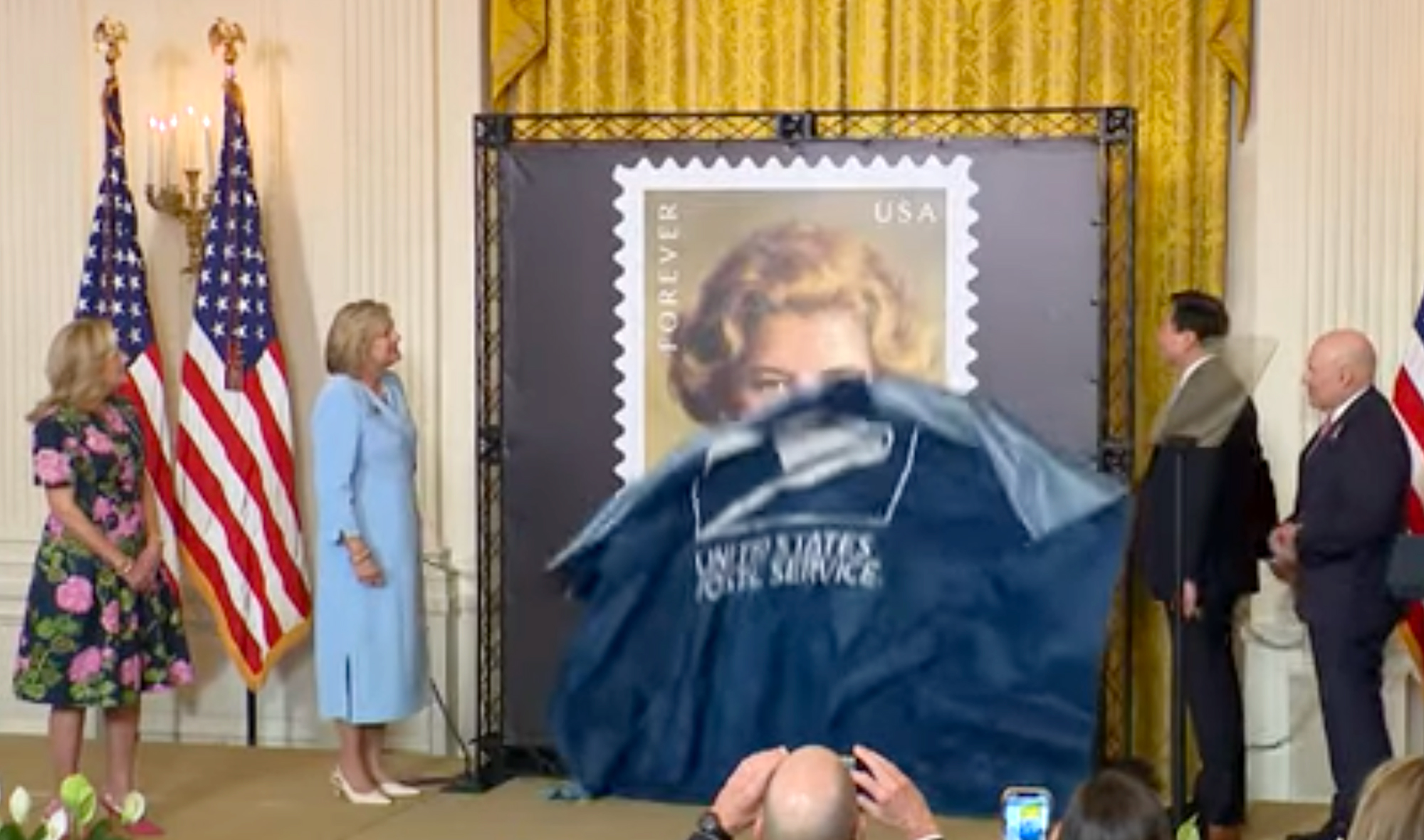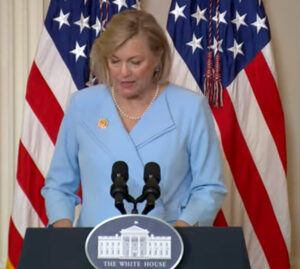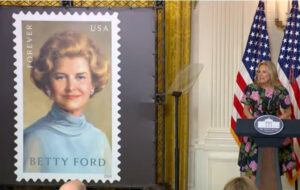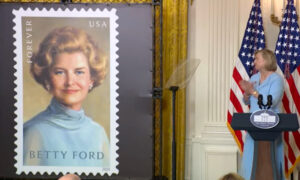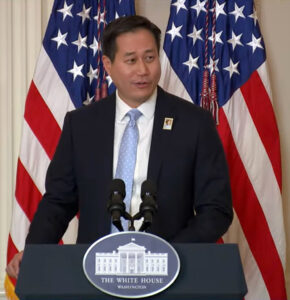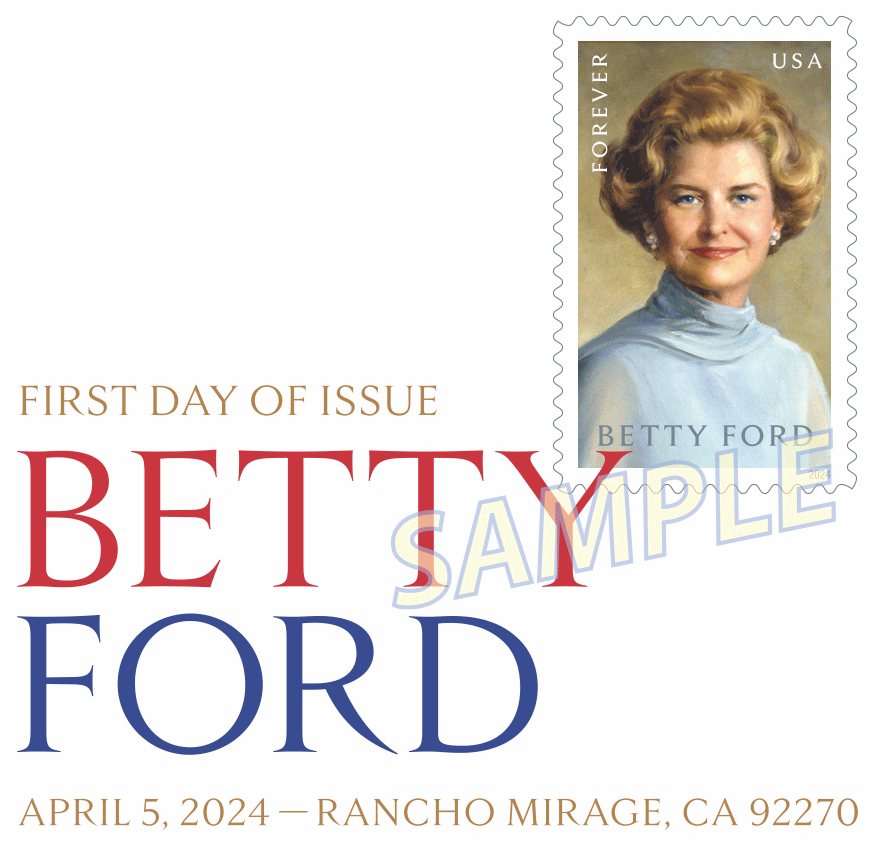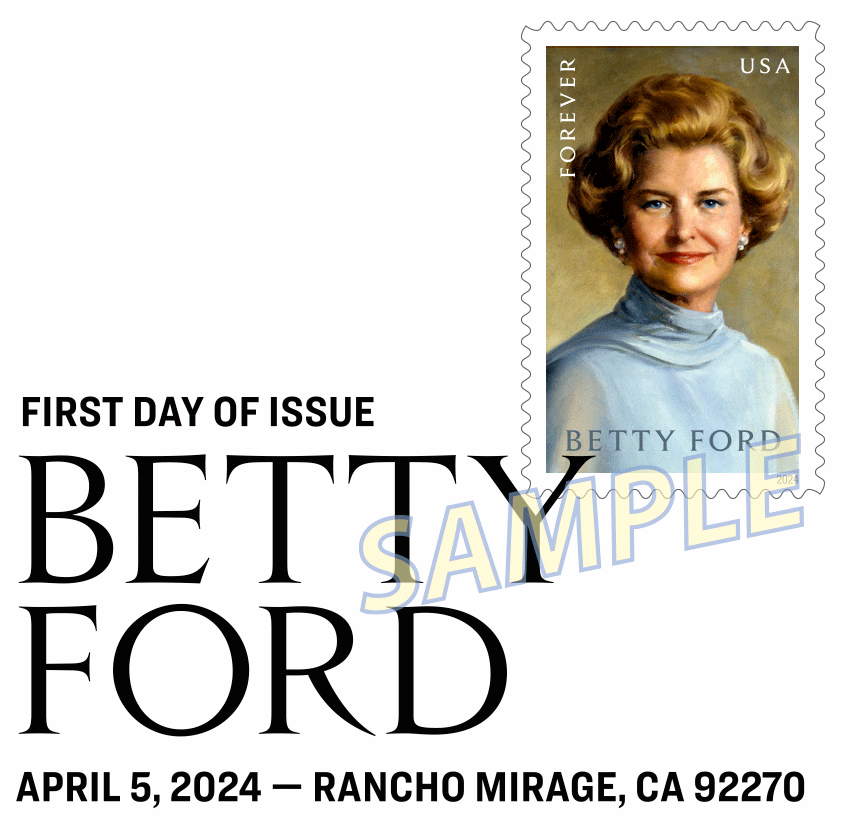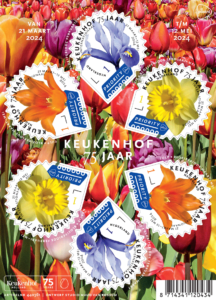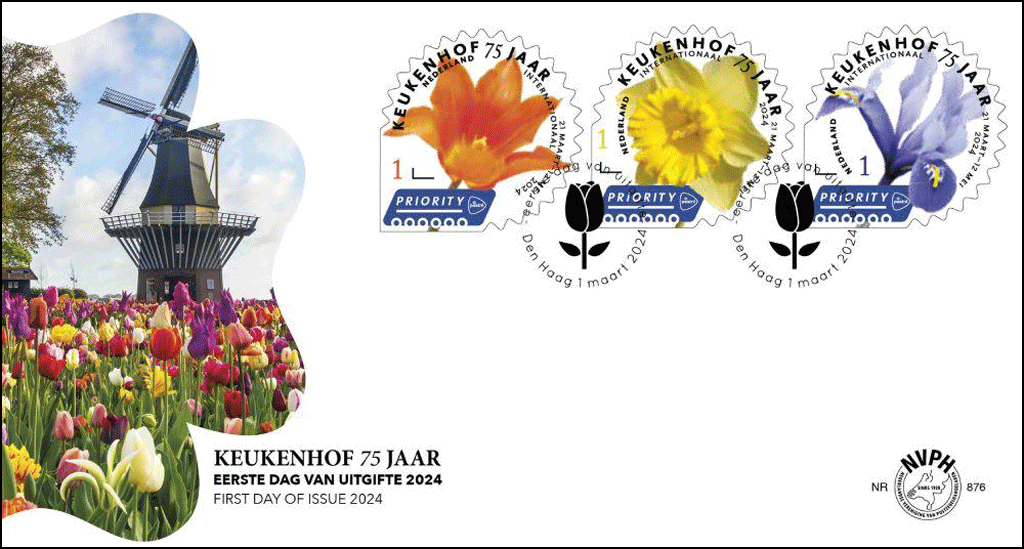[from PostNL press materials] [click on any of the pictures for larger versions]
Horses Full of Strength, Grace and Love on New Stamps
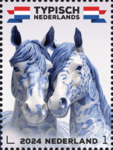 Issue: Typically Dutch – Horses
Issue: Typically Dutch – Horses
Issue date: 25 March 2024
Appearance: sheet of six stamps in six identical designs
Item number: 440461
Design: Adam Lane Edwin van Praet and Huub van Veenhuijzen from Total Design, Amsterdam
The Hague, March 25, 2024 – The horse takes center stage on PostNL’s latest stamps from the Typically Dutch series. In 2024, the series is dedicated to the animals we know best and are closest to us. Earlier this year, stamp sheets with cows and dogs were published in this series.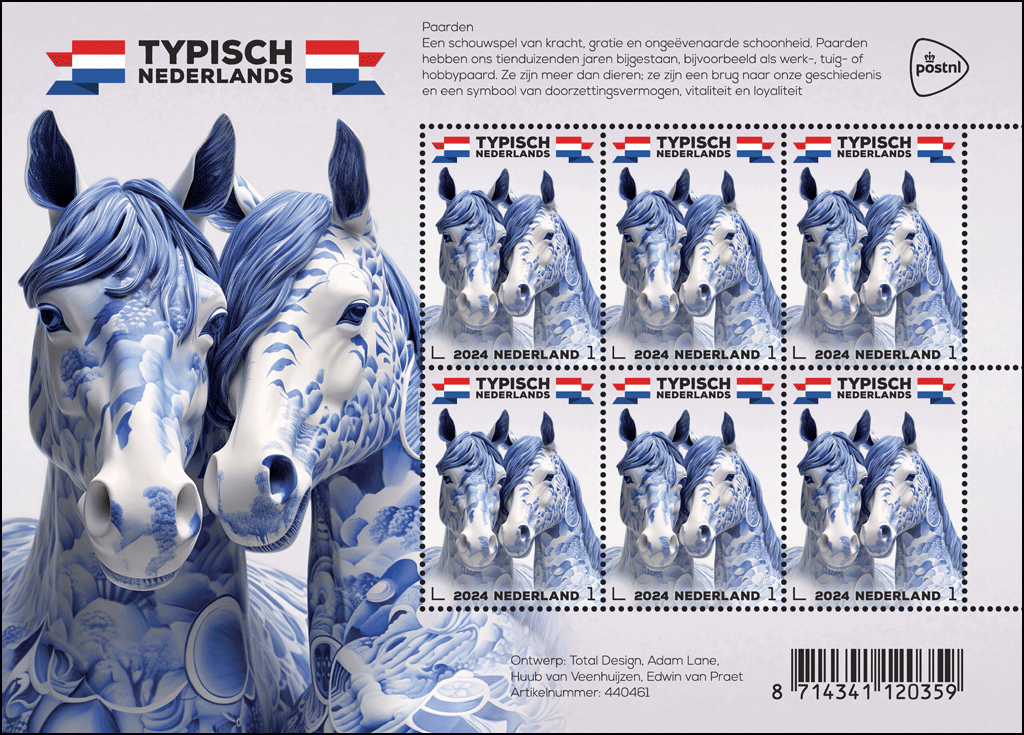 About Horses
About Horses
The horse (Equus ferus caballus or pard in Dutch) is a domesticated (tame) ungulate from the order of Perissodactyla and the Equidae family, which includes the wild horse (Equus ferus). According to most historians, domestication started approximately 6,000 years ago. Roughly 300 breeds of domesticated horse are recognised, and each breed can have a different colour variety (combination of colours and patterns) and markings.
There are four breeds of horses with origins in the Netherlands: the Friesian horse, the Gelderland horse, the Groningen horse and the Dutch draught horse. The Netherlands has approximately 400,000 active riders and 450,000 horses (2015 figures). That is quite an increase from the 40,000 horses in 1985.
In the Netherlands, horses used to be used as agricultural and carriage horses and for military purposes, but nowadays they are mainly used for recreational activities and sport. 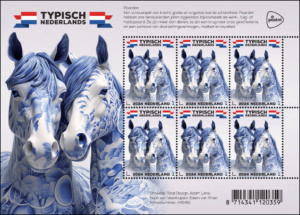 Equestrian sports’ interests are represented by the Royal Dutch Equestrian Federation (KNHS). The KNHS represents 140,000 equestrian athletes who practise a variety of disciplines including dressage, show jumping, vaulting (acrobatics), eventing (formerly military), carriage driving, reining (western riding) and endurance (long-distance riding through nature).
Equestrian sports’ interests are represented by the Royal Dutch Equestrian Federation (KNHS). The KNHS represents 140,000 equestrian athletes who practise a variety of disciplines including dressage, show jumping, vaulting (acrobatics), eventing (formerly military), carriage driving, reining (western riding) and endurance (long-distance riding through nature).
Neither designer belongs to the 500,000 people in the Netherlands who regularly horse ride. But that doesn’t mean they don’t have an affinity for it. Lane regularly works with horses due to his passion for nature photography. “You can find wild horses in the vicinity of Amsterdam … well, ‘wild’ as you can get in the Netherlands,” he says. “In the Geuzenbos forest to the east of Spaarnwoude, Konik horses roam freely alongside Highland ponies.”
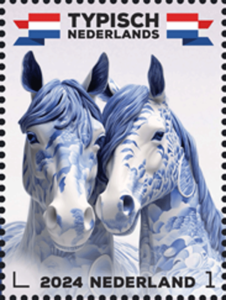 Van Veenhuijzen says that riders and horse owners are proud of their animals. “It’s remarkable how much time, money and passion people devote to their horses. Riding, brushing, combing manes, grooming hooves, mucking out stallsb…
Van Veenhuijzen says that riders and horse owners are proud of their animals. “It’s remarkable how much time, money and passion people devote to their horses. Riding, brushing, combing manes, grooming hooves, mucking out stallsb…
“People feel a great deal of affection for their horses. Perhaps it’s because of their power and majestic appearance. We get to ride them, and in return, we take care of them as best we can,” Van Veenhuijzen adds. “They’re beautiful, wonderful animals.”
For more on Delftware, see the earlier entries on 2024’s Typically Dutch Series, Cows and Dogs. There is also an explanation there of how the animals came to be portrayed in Delftware.
Design
The ‘Typical Dutch – Horses’ stamps issued 25 March were designed by the Total Design agency from Amsterdam. The stamps portray 2 horses full of strength, grace and love. They stand close together, their heads touching. The designers of the agency gave a modern twist to the stamps by using the AI program Midjourney to design portraits as statues of shiny Delft blue.
The animal shown is based on the Friesian horse, “which is a familiar Dutch jet-black horse 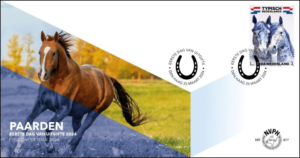 with ‘socks’ at the bottoms of its legs,” according to Veenhuijzen. “We weren’t aiming to come up with a perfect representation of a horse breed – we simply wanted to create portraits of our favourite animals.”
with ‘socks’ at the bottoms of its legs,” according to Veenhuijzen. “We weren’t aiming to come up with a perfect representation of a horse breed – we simply wanted to create portraits of our favourite animals.”
As with all the animal duos featured this year’s Typically Dutch series, the animals portrayed are clearly related to each other. Initially, Van Veenhuijzen considered them sisters. But the longer he looked, the more they appeared to be mother and daughter.
Smooth lines
For graphic designer Lane, wonder and fantasy predominate. “For example, while the dogs still radiated strength and the cows geniality, here you see almost mythical creatures. This is reinforced by the flowing lines and the decorations on the skin made by Midjourney.  With the other animals, the decorations have a classic character, based on, for example, flower patterns and landscapes. Something completely different has developed on the horse hides. It looks like science fiction, like seeing planets floating around in a distant galaxy.”
With the other animals, the decorations have a classic character, based on, for example, flower patterns and landscapes. Something completely different has developed on the horse hides. It looks like science fiction, like seeing planets floating around in a distant galaxy.”
Availability
The stamp sheet ‘Typical Dutch – horses’ contains 6 identical stamps, with the value indication Netherlands 1, intended for mail up to and including 20 grams with a destination within the Netherlands. The stamps will be available from March 25, 2024 at Bruna stores and via the webshop. The stamps can also be ordered by telephone from Collect Club customer service on telephone number 088 – 868 99 00. The validity period is indefinite. The price per sheet of 6 stamps is €6.54.
Technical Details:
Postage stamp dimensions: 30 x 40mm
Sheet size: 170 x 122mm
Paper: normal with phosphor print
Glue: gummed
Printing technique: offset
Printing colours: cyan, magenta, yellow and black
Print run: 75,000 sheets
Appearance: sheet of six stamps in identical designs
Design: Adam Lane Edwin van Praet and Huub van Veenhuijzen from Total : Design, Amsterdam
Printing company: Cartor Security Printers, Meaucé-La Loupe, France
Item number: 440461
 Note: PostNL does not sell directly to collectors in North America. Its website refers to a company called Nordfirm, which says it sells Dutch new issues at face value. The Virtual Stamp Club has no connection to this company.
Note: PostNL does not sell directly to collectors in North America. Its website refers to a company called Nordfirm, which says it sells Dutch new issues at face value. The Virtual Stamp Club has no connection to this company.
 Collectors may also wish to contact the U.S. firm Bombay Stamps, which can also obtain first day covers upon request, with lower shipping fees. The email is sales@bombaystamps.com Again, The Virtual Stamp Club has no connection to this company.
Collectors may also wish to contact the U.S. firm Bombay Stamps, which can also obtain first day covers upon request, with lower shipping fees. The email is sales@bombaystamps.com Again, The Virtual Stamp Club has no connection to this company.

